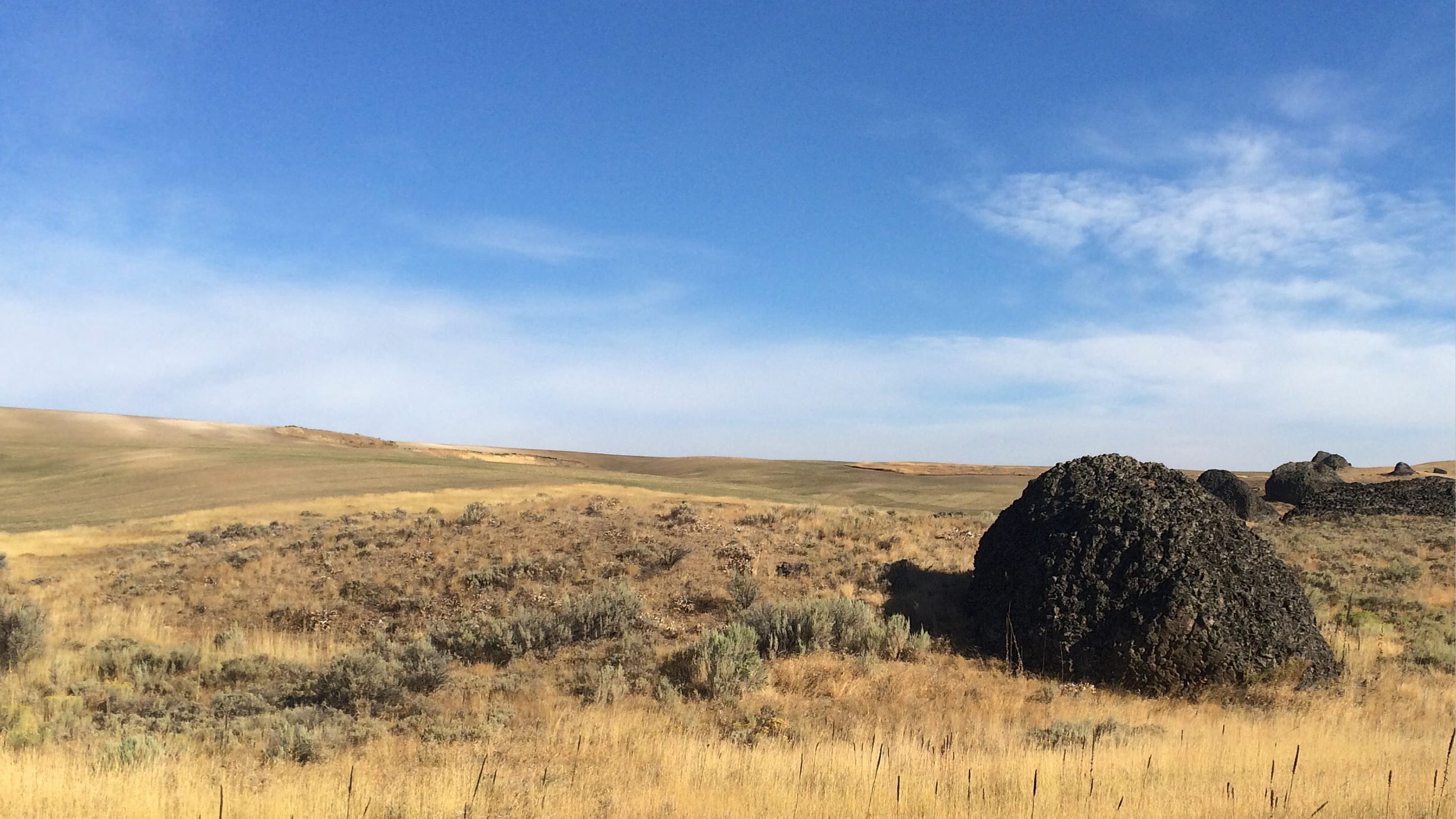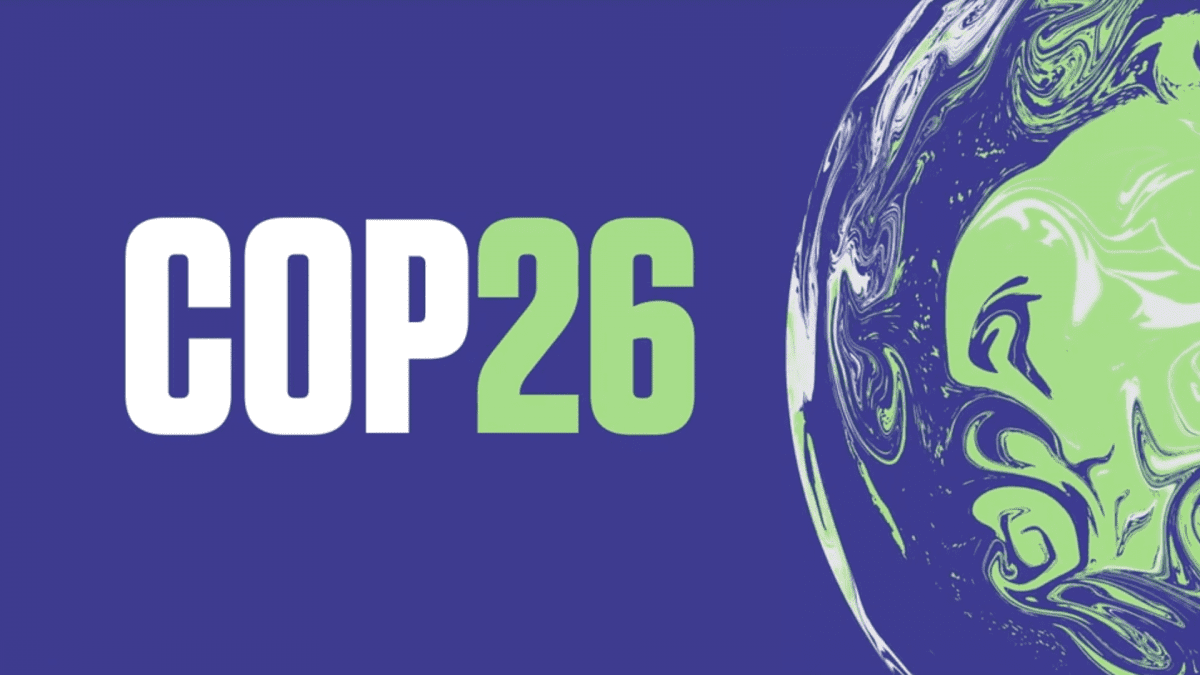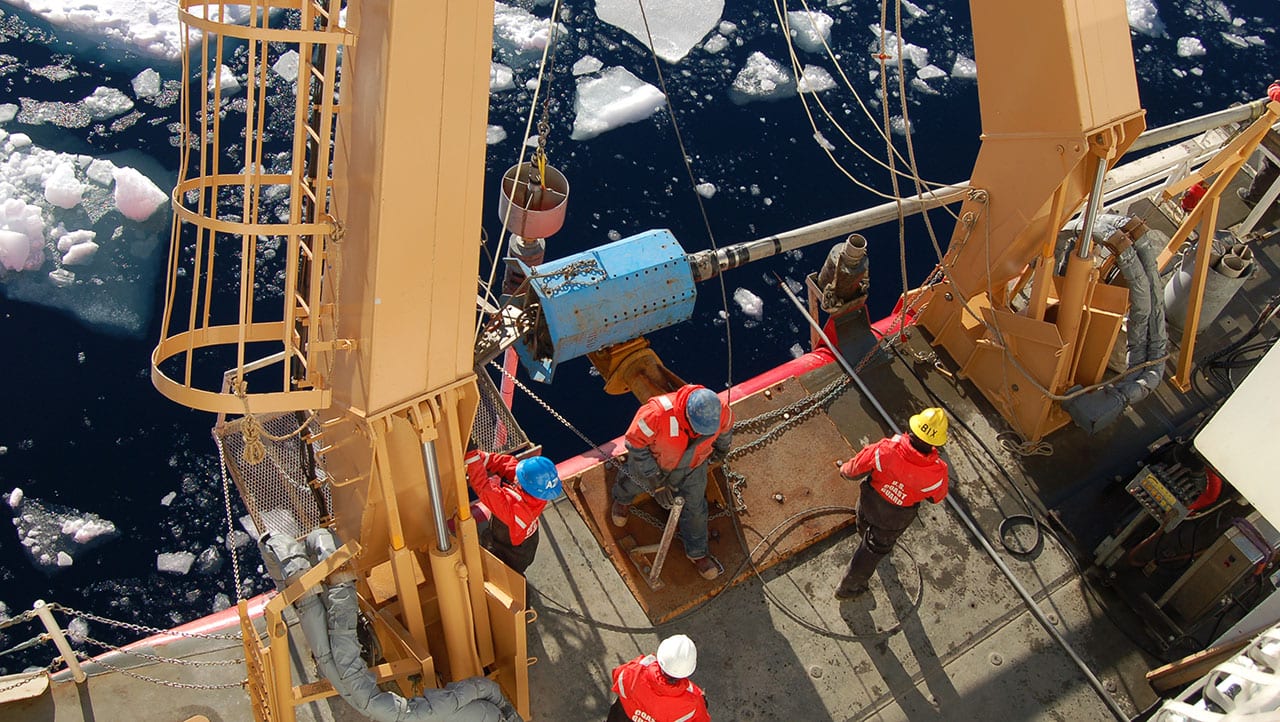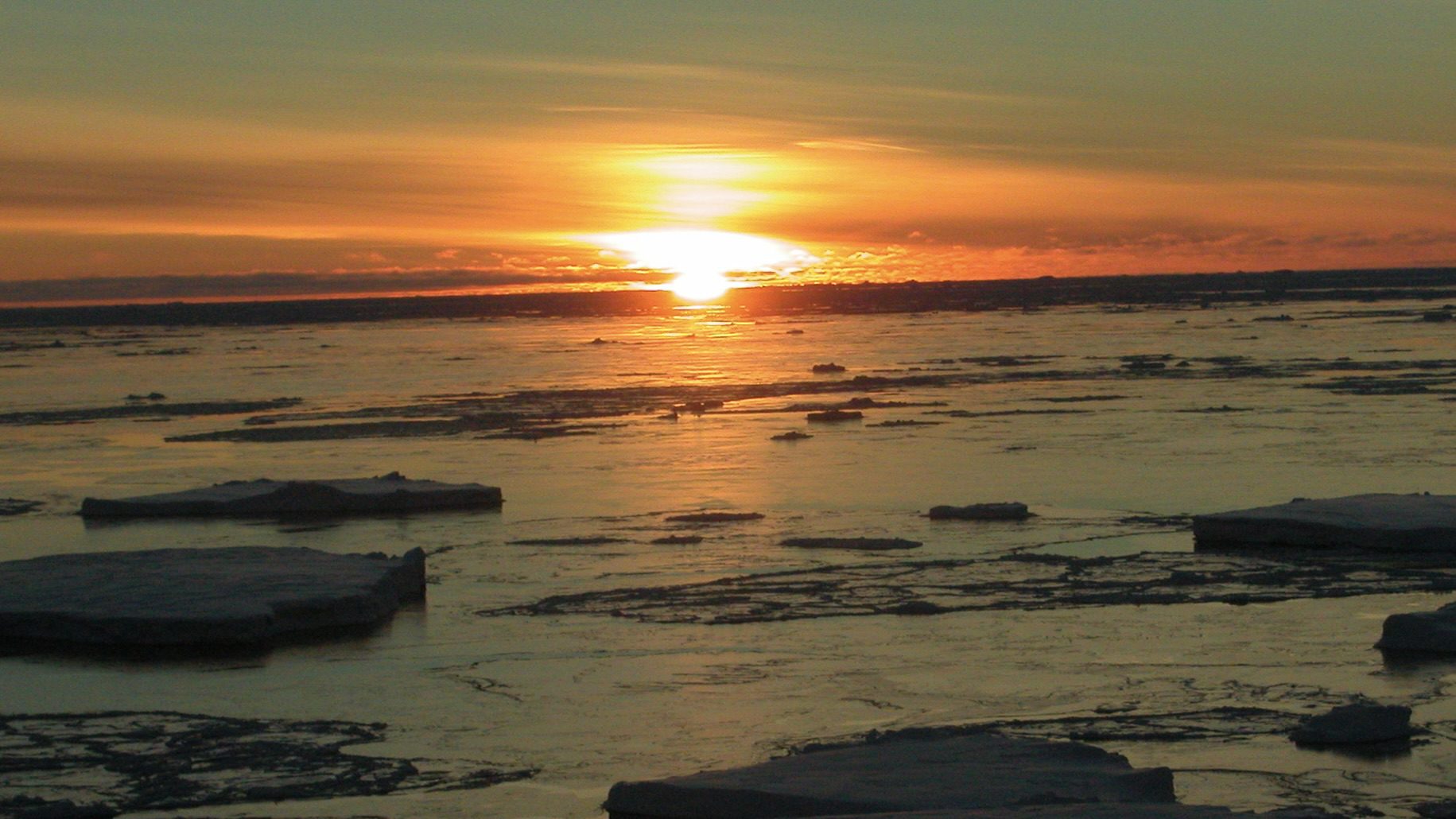News Releases
Study reveals Missoula Floods impact on past abrupt climate changes
A new study shows for the first time how massive flood events in the eastern North Pacific Ocean—known as the Missoula Floods—may have in part triggered abrupt climate changes in the Northern Hemisphere during the last deglaciation (approximately 19,000–11,700 years ago).
Read MoreAbrupt Climate Change Brought to Public Attention in Hollywood Movie
The movie The Day After Tomorrow, released today by 20th Century Fox, paints a dramatic picture of the effects of climate change – and raises questions about the boundary between science and science fiction. How fast can Earth’s climate change? Will global warming raise sea level and flood coastal cities? If our climate cools, will it spawn an “ice age” in our lifetimes?
Read MoreRate of Ocean Circulation Directly Linked to Abrupt Climate Change in North Atlantic Region
A new study strengthens evidence that the oceans and climate are linked in an intricate dance, and that rapid climate change may be related to how vigorously ocean currents transport heat from low to high latitudes.
Read MoreWHOI Arctic experts present at international climate conference overseas
Experts from WHOI and Woodwell Climate Research Center are on the ground at COP26 in Glasgow, Scotland, sharing critical perspective on the implications of a warming Arctic
Read MoreClimate Change Will Irreversibly Force Key Ocean Bacteria into Overdrive
A new study from University of Southern California and Woods Hole Oceanographic Institution (WHOI) shows that changing conditions due to climate change could send Tricho into overdrive with no way to stop – reproducing faster and generating lots more nitrogen. Without the ability to slow down, however, Tricho has the potential to gobble up all its available resources, which could trigger die-offs of the microorganism and the higher organisms that depend on it.
Read MoreWHOI Scientists Offering Timely Global Change Talks at Science Meeting
Three senior scientists from the Woods Hole Oceanographic Institution will offer cautionary looks at the past and future of global climate change at the upcoming annual meeting of the American…
Read MoreExtinction of Neanderthals Was Not a Climate Disaster Scenario
For the past few decades, scientists have offered several competing theories for what led to the extinction of the Neanderthals, with much of the debate focusing on the relative roles of climate change versus conflict with modern humans. Now one theory can be ruled out. New research by a multidisciplinary, international team?including paleoclimatologist Konrad Hughen of the Woods Hole Oceanographic Institution?shows that Neanderthals did not die out at a time of extreme and sudden climatic change, as some researchers have suggested.
Read MoreFine-tuning the Steps in the Intricate Climate Change Dance
New scientific findings are strengthening the case that the oceans and climate are linked in an intricate dance, and that rapid climate change may be related to how vigorously ocean…
Read MoreChanges in Earth’s Tilt Control When Glacial Cycles End
Scientists have long debated what causes glacial/interglacial cycles, which have occurred most recently at intervals of about 100,000 years. A new study reported in the March 24 issue of Nature…
Read MoreTropical Plants Help Identify Lags Between Abrupt Climate and Vegetation Shifts in Different Parts of the World
Clues to the timing and cause of abrupt climate changes in the past may lie in ocean floor sediments, according to a study by scientists at Woods Hole Oceanographic Institution (WHOI).
Read MoreNew Study Reports Large-scale Salinity Changes in the Oceans
Tropical ocean waters have become dramatically saltier over the past 40 years, while oceans closer to Earth’s poles have become fresher, scientists reported today in the journal Nature. Earth’s warming surface may be intensifying evaporation over oceans in the low latitudes–raising salinity concentrations there–and transporting more fresh water vapor via the atmosphere toward Earth’s poles.
Read MoreFossil Records Show Methane in Seafloor Sediments Released During Periods of Rapid Climate Warming
Scientists have found new evidence indicating that during periods of rapid climate warming methane gas has been released periodically from the seafloor in intense eruptions. In a study published in the current issue of the journal Science, Kai-Uwe Hinrichs and colleagues Laura Hmelo and Sean Sylva of the Woods Hole Oceanographic Institution (WHOI) provide a direct link between methane reservoirs in coastal marine sediments and the global carbon cycle, an indicator of global warming and cooling.
Read MoreWHOI to Host U.S. Commission on Ocean Policy July 22
Abrupt climate change, ships and ocean observatories, coastal management, biodiversity and genetics, hydrothermal vents and the deep biosphere will be among the topics discussed by Woods Hole scientists with members of the presidentially-appointed U.S. Commission on Ocean Policy during a July 22 visit to the Woods Hole Oceanographic Institution.
Read MoreFollowing the Fresh Water
A research team led by Woods Hole Oceanographic Institution (WHOI) found the fingerprint of a massive flood of fresh water in the western Arctic, thought to be the cause of an ancient cold snap that began around 13,000 years ago.
Read MoreOcean Commission Report Offers Opportunity to Set New Course In Managing Our Oceans Wisely
The release of the preliminary report of the US Commission on Ocean Policy today offers an opportunity to set a new national course in the conservation, management and wise use of the oceans, say scientists at the Woods Hole Oceanographic Institution (WHOI).
Read MoreStudy says ice age could help predict oceans’ response to global warming
Woods Hole, MA – A team of scientists led by a Tulane University oceanographer and the Woods Hole Oceanographic Institution (WHOI) has found that deposits deep under the ocean floor…
Read MoreStudy Supplies Insight into Behavior of African Monsoon
Think of the Sahara and you will conjure images of a vast desert landscape, with nothing but sand as far as the eye can see. But for a period of about 10,000 years, the Sahara was characterized by lush, green vegetation and a network of lakes, rivers and deltas.
This “green Sahara” occurred between 14,800 and 5,500 years ago during what is known as the “African Humid Period.” Why and how it ended is the subject of scientific study that holds important information for predicting the region’s response to future climate change.
In a study published this week in Nature Geoscience, a team of researchers provides new insight into the behavior of the African monsoon at the end of the African Humid Period and the factors that caused it to collapse.
Read MoreThree WHOI Scientists Named 2014 American Geophysical Union Fellows
Woods Hole Oceanographic Institution (WHOI) scientists Rockwell Geyer, Susumu Honjo, and Delia Oppo have been elected 2014 fellows of the American Geophysical Union (AGU).
Read MoreInsight into Freshwater Input to the North Atlantic Ocean
The strongest climate cooling event in the last 10,000 years occurred about 8,200 years ago. Known as the 8.2 ka event, it was an abrupt release of freshwater to the…
Read MoreHow Much Excess Fresh Water Was Added to the North Atlantic in Recent Decades?
Large regions of the North Atlantic Ocean have been growing fresher since the late 1960s as melting glaciers and increased precipitation, both associated with greenhouse warming, have enhanced continental runoff…
Read More




